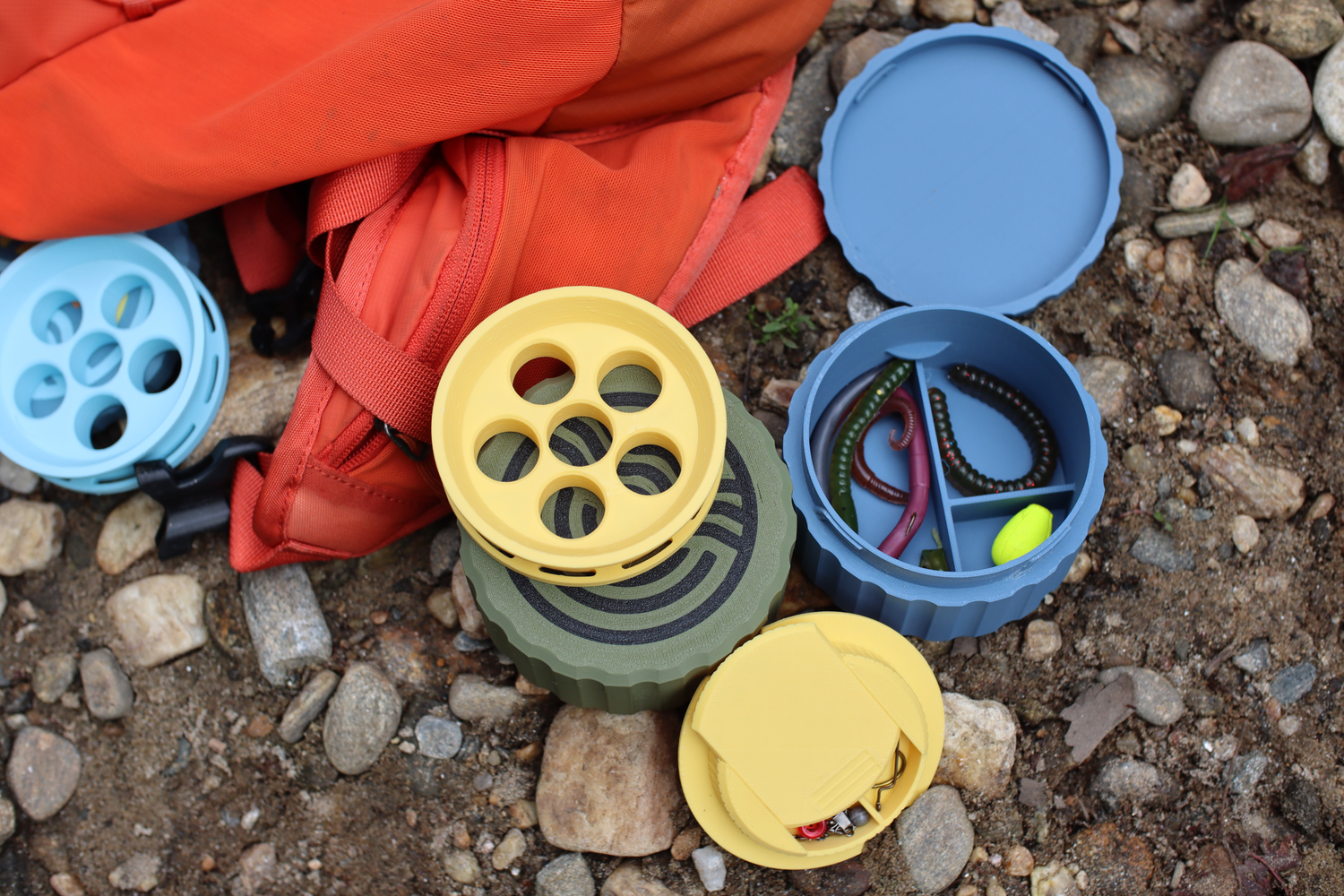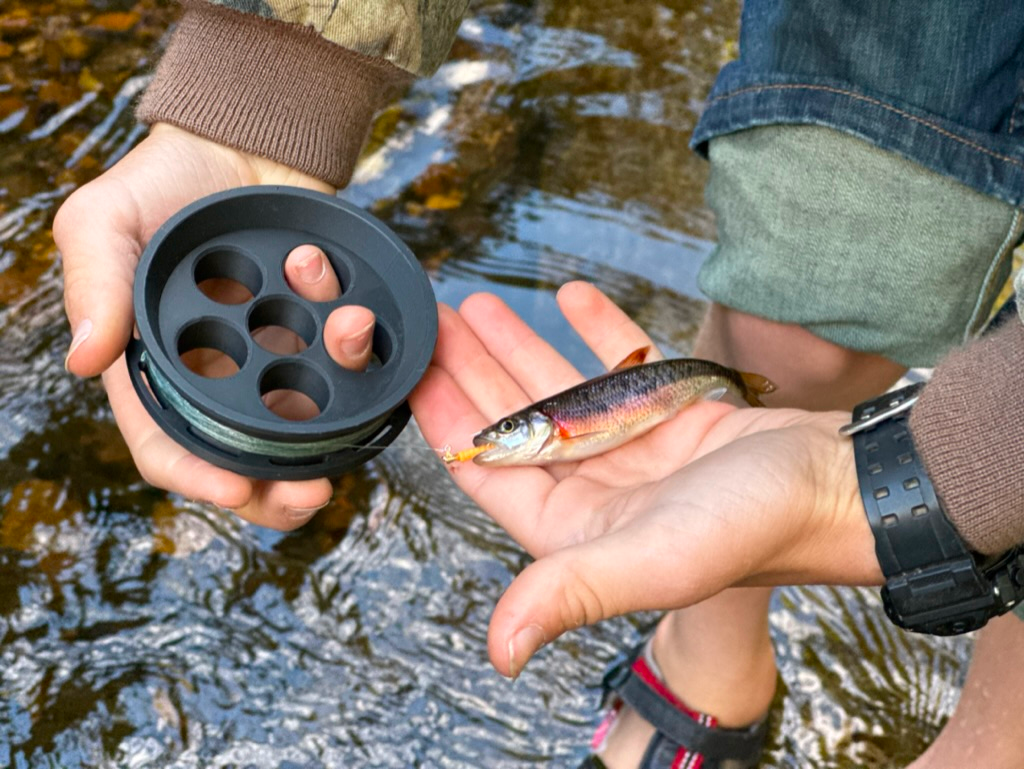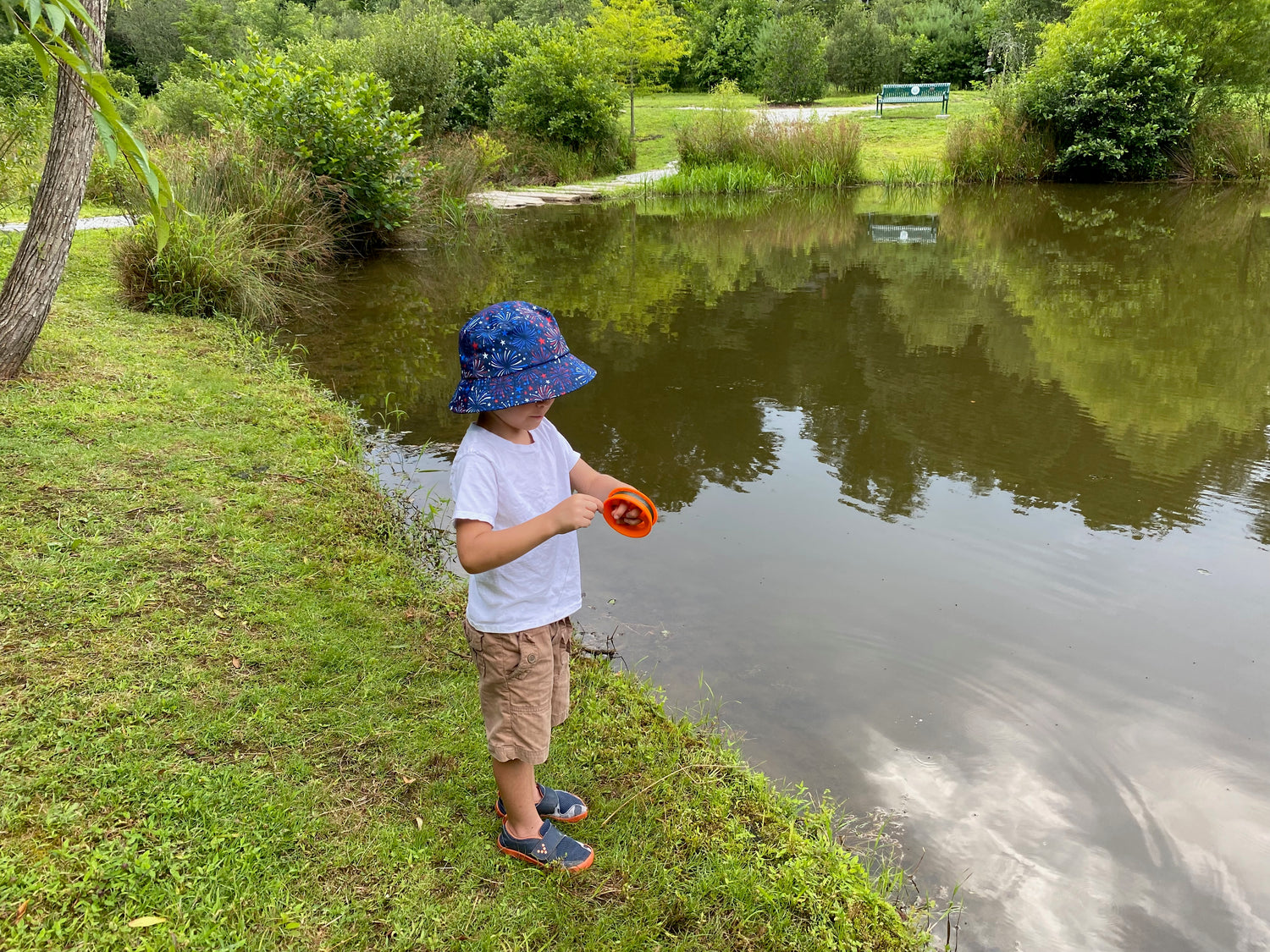Master your hand line fishing setup! From selecting lines to safety measures, we guide your angling adventure.
Building Your Hand Line Fishing Setup
Creating the perfect hand line fishing setup requires some thought and consideration. The three most critical components you need to focus on are the fishing line, hooks, and bait. Let's delve into each of these elements.
Choosing the Right Line
The fishing line is a pivotal part of your hand line fishing kit. The type of line you select will largely depend on the species of fish you're aiming to catch and the water conditions.
Monofilament lines are a popular choice due to their versatility and affordability. They're suitable for a variety of fishing conditions and are easy to handle, especially for beginners.
Braided lines, on the other hand, are more durable and have a higher knot strength. They work well in heavy vegetation and under conditions where you need a strong, reliable line.
Fluorocarbon lines are highly resistant to abrasion and are almost invisible underwater, making them a great choice when fishing in clear waters.
Remember, the strength and weight capacity of the line should match the size and strength of the fish you're targeting.
Selecting the Ideal Hooks
Choosing the right hook for your hand line fishing setup is equally important. The size and type of hook will depend on the species of fish you're targeting.
For smaller fish, a size 6 to 10 hook would be most suitable. Larger fish will require bigger hooks, such as a size 1 to 5/0.
In terms of the type of hook, J-hooks are a versatile option suitable for a variety of fishing styles and species. Circle hooks, on the other hand, are ideal if you're aiming for a clean, corner-of-the-mouth catch.
Always ensure that your hooks are sharp to increase your chances of a successful catch.
Picking the Perfect Bait
The bait you choose can significantly impact your success when hand line fishing. The choice of bait will depend on the type of fish you're targeting and the fishing environment.
Live bait, such as worms or minnows, can be very effective as they attract fish with their movement and scent. On the other hand, artificial lures can be advantageous as they can be reused and come in a variety of colors and styles to mimic different fish prey.
Remember, the key to selecting the perfect bait is understanding the diet of the fish species you're targeting.
Building the ideal hand line fishing setup involves careful consideration of the line, hooks, and bait. By making informed choices, you can increase your chances of a successful catch.
The Hand Reel
Beyond the line, hooks, and bait, the tool you use to hand line fish can make all the difference.
The GoReel Hand Reel stands as a testament to this. Its compact design allows for spontaneous fishing moments, ensuring you never miss an opportunity.
Designed with both the amateur and seasoned angler in mind, the GoReel Hand Reel eliminates the need for a traditional rod. With its ergonomic grip and balanced weight, it offers a direct connection to the water and the fish, making the experience more intimate and rewarding.
Integrating the GoReel Hand Reel into your setup ensures a combination of tradition and innovation, leading to an enhanced fishing experience.
Whether you're fishing off a dock, canoe, or shoreline, GoReel provides the flexibility and ease you need. Add it to your hand line fishing arsenal and elevate your fishing game.

Hand Line Casting Techniques
Once you've assembled your hand line fishing setup, it's time to delve into the casting techniques. Two primary methods are predominantly used in hand line fishing: traditional hand line casting and trolling hand line casting.
Traditional Hand Line Casting
Traditional hand line casting involves casting the line by hand and then manually pulling it in. This method provides a direct connection to the fish, allowing you to feel even the slightest nibble. It requires patience, skill, and a good understanding of the water and fish behavior.
To perform a traditional hand cast, hold the hand reel with your non-dominant hand. With your dominant hand, swing the bait or lure in a circular motion to build momentum. Once you're ready, release the line and let the lure fly out into the water.
After casting, slowly retrieve the line by coiling it back onto your hand reel. This method requires you to maintain constant contact with the line, enabling you to detect bites and adjust your retrieval speed accordingly.
Trolling Hand Line Casting
Trolling hand line casting is another popular technique, especially for deep-sea or big game fishing. This method involves dragging the baited line behind a slowly moving boat.
The movement of the boat gives the bait a lifelike motion, attracting fish and increasing your chances of making a catch.
To perform trolling hand line casting, simply release the baited line from your fishing hand reel into the water as the boat moves. The depth of the bait can be adjusted by letting out more or less line.
Once a fish bites, you'll feel a tug on the line. At this point, you can start pulling the line in hand-over-hand until the fish is landed.
Both traditional and trolling hand line casting techniques have their own set of advantages and challenges.
Experimenting with both methods will help you understand which one works best for your fishing conditions and preferences. Remember, successful hand line fishing is as much about developing your technique as it is about having the right hand line fishing setup.
Keep practicing, and don't forget to enjoy the process!
Tips to Enhance Your Hand Line Fishing Experience
To make the most of your angling adventure, there are additional factors to consider. These include scouting the right location, understanding the impact of weather and water conditions on your fishing experience, and developing the patience and technique required for successful hand line fishing.

Scouting the Right Location
The first step to a successful hand line fishing expedition is finding the perfect spot. The location plays a crucial role in the types of fish you'll encounter and the overall success of your catch.
Look for areas known to have a good fish population. These could be points where rivers meet the sea, around rocky coastlines, or even near underwater structures where fish might gather.
Make sure to respect local fishing regulations and private property rights when choosing your location.
Reading Weather and Water Conditions
Weather and water conditions are significant factors that influence fish behavior and can impact your hand line fishing experience. Warm, sunny days might invite you outside, but they may not be the best for fishing.
Overcast conditions often prove more fruitful as many fish species come closer to the surface when the sun isn't shining brightly.
Understanding water currents and tides, if you're fishing in the sea, can also be beneficial. Fish often feed more aggressively during changes in tide, making these times potentially more productive for fishing.
|
Condition |
Impact on Fish Behavior |
|
Sunny and clear |
Fish may stay deeper to avoid sunlight |
|
Overcast |
Fish may come closer to the surface |
|
Changing tides |
Fish may feed more aggressively |
Developing Patience and Technique
Hand line fishing is as much about technique as it is about patience. This traditional method of fishing often requires more time and patience compared to modern fishing techniques. The key is to remain patient, observant, and ready for that moment when a fish takes the bait.
The technique involves casting the line, letting the bait sink, and then slowly retrieving it. The retrieval speed and pattern can be varied to mimic the movement of live prey. Mastery of this technique comes with practice and experience.
Remember, every fishing adventure is an opportunity to learn and improve. Keep refining your technique, be patient, and enjoy the experience that hand line fishing provides.





